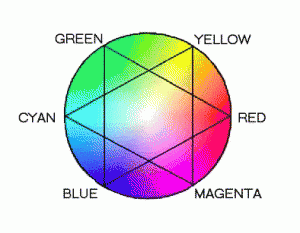clammer
Shiny_Rock
- Joined
- Mar 3, 2005
- Messages
- 167
Hello everyone. I''ve been lurking for some time, but a trip to a mall (why does everyone use maul??) store has prompted my first post. I''m looking to upgrade my e-ring and wanted to try on some different sizes. Anyway, I would like to first let everyone know that if a stone is certified then it is ideal cut. I know this is true because this is what they told me (um...since you don''t know me yet, I just want to let you know that was sarcasm)
I told him what I was interested in. About 1.8 carat, I/J color, SI2 but clean to the eye, faint to medium flurescence. He informed me that you can only see fluorescence under a blacklight. I told him that based on my research (reading PS) that fluorescence can make the diamond face up whiter. I couldn''t explain why this would be. So the question is why does the diamond face up whiter?
clammer
I told him what I was interested in. About 1.8 carat, I/J color, SI2 but clean to the eye, faint to medium flurescence. He informed me that you can only see fluorescence under a blacklight. I told him that based on my research (reading PS) that fluorescence can make the diamond face up whiter. I couldn''t explain why this would be. So the question is why does the diamond face up whiter?
clammer












300x240.png)